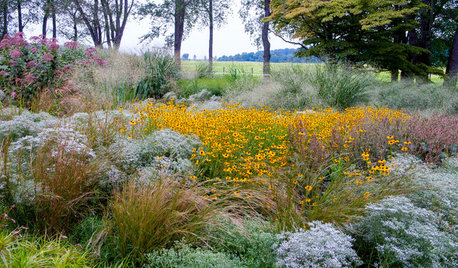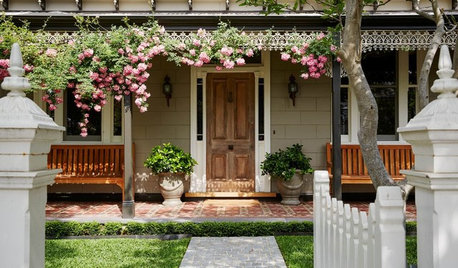Okay, I just joined this forum and spent the last several DAYS reading through the giant hugelkultur thread started back in 2005. I also read through several other HK threads, but I would love it if I could get answers to a few specific questions and make sure that I'm understanding everything correctly.
I want to create several hugelkultur beds around my property. Please let me know if these steps are sound:
1. I do not plan on cutting up the sod or digging into the ground for three reasons: one, it's a lot of work and I don't own digging machinery; two, the best spot on my property for vegetable beds is over the buried utility lines (any reason vegetable beds would pose a problem to buried phone/cable lines?); and three, I've read that buried sod turns into great compost. Should I first cover the grass in cardboard or do you think it will even matter?
2. My husband doesn't like the look of the HK beds by themselves, so he wants to build wooden frames. Is cedar absolutely necessary for this? It's so expensive! How high do you think we need to build the sides? I was thinking maybe a foot?
3. I have found a load of old logs and branches in a friend's yard. I also have some shrubs along the house that I don't like and would love to chop down and could then cover the branches and stumps Fukuoka style. So, next I just lay the woody debris down in the frame, piled as high as I'd like or have enough materials for. I gleaned from the posts that how they wood is arranged doesn't much matter.
4. Next I should add brown and green materials such as kitchen scraps, grass clippings, fallen leaves, etc. to fill in the gaps. I was planning on getting the beds built this summer, laying down the wood, adding green material as I acquire it, and then waiting until the leaves fall in autumn to really pile them in. Can there be too many leaves? Do I need to worry about a good ratio of green to brown materials? I've heard of some people using wood chips to fill in the gaps... but there seems to be some concern with burying wood chips as their smaller surface area eats up nitrogen quickly. Is that right?
5. Next it seems most people add moldy hay, straw, chicken or cow manure, etc. I don't readily have access to any of this. But I do live in farm country by the University of Illinois in Urbana-Champaign. It's a big ag school so they have corn/soy fields, cows, etc. all around town. What would you suggest I try and acquire? Does anyone have experience getting this type of material for free from a source like a university? Also I read to be careful that cow manure is cleaned... what do I need to be aware of? How thick does this layer need to be or does it really matter? Is this step absolutely necessary?
6. Next a layer of finished compost, which I'll have to purchase. Again how thick does it need to be? Would it need to be thicker if I didn't do step #5?
7. Next a layer of dirt. So, since I'm not digging to burying the wood, I won't have any dirt. Is this step necessary or can the top layer simply be compost?
8. Lastly, planting. Since I'll be building these beds after the leaves fall, I am wondering what would work best to plant. Would it be too late to get some overwinter crops planted? I'm in zone 5b, so it's typically cool and sometimes cold by mid-October when the leaves are falling. What about a cover crop like clover, alfalfa, or a legume of some sort?
9. In the spring, when I start planting again, do I get rid of the cover crop somehow, just plant into it, cover it with another layer of compost, or plant and later cover with wood chips? I watched Back to Eden and am thoroughly convinced of the benefits of wood chips, but I am wondering if this is more for conventional gardens vs. hk beds. I do plan on companion planting my crops, but I don't plan on doing a full on seed family mix like Sepp does so I figure I'll still have some bare areas in my beds. Wood chips?
Thank you so much for your advice!













gardenlen
oliveoyl3
Related Professionals
East Rancho Dominguez Landscape Architects & Landscape Designers · Glendora Landscape Architects & Landscape Designers · Port Royal Landscape Architects & Landscape Designers · Waunakee Landscape Architects & Landscape Designers · Maywood Landscape Contractors · Nanuet Landscape Contractors · Parker Landscape Contractors · Raleigh Landscape Contractors · Wallingford Landscape Contractors · West Chicago Landscape Contractors · Dale City Siding & Exteriors · Glen Burnie Siding & Exteriors · Kennewick Siding & Exteriors · Saratoga Solar Energy Systems · Payson Solar Energy Systems